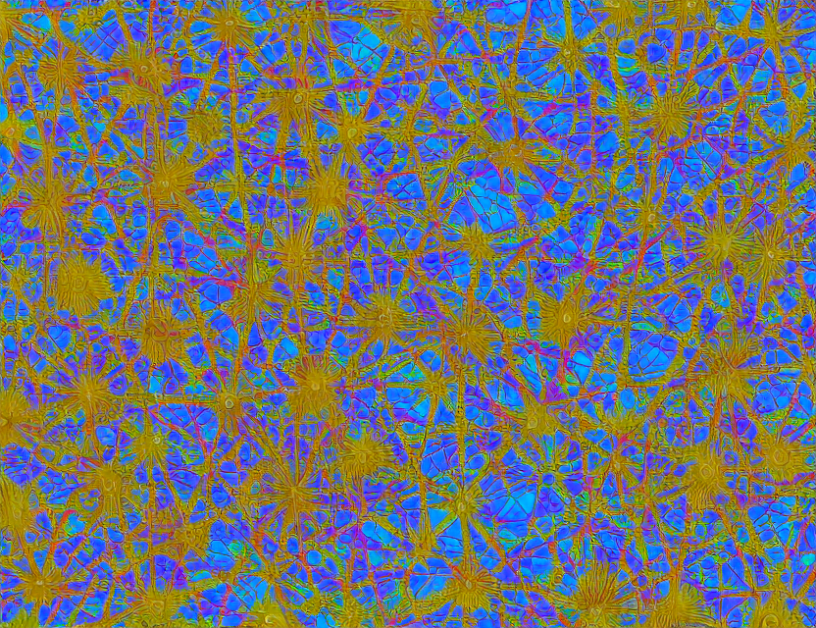In this article, we explore the mathematical framework for moderate-sized recurrent neural networks (RNNs) with Hebbian learning. We delve into the theoretical aspects of these networks and provide insights into how they can be used to optimize and learn. The study aims to bridge the gap between the theoretical analysis of smaller RNNs and the practical application of larger, more complex networks in artificial intelligence.
Moderate-Sized RNNs
A moderate-sized RNN is defined as one with a modest number of neurons, which makes it easier to analyze mathematically. We focus on two types of networks: random and interconnected. The random network has connections between neurons chosen at random, while the interconnected network has connections between neurons that are deliberately chosen based on their proximity.
Hebbian Learning
Hebbian learning is a type of supervised learning where the weights of the network are adjusted based on the temporal correlation between inputs and outputs. In other words, the network "learns" by strengthening connections between neurons that fire together. We explore the theoretical aspects of Hebbian learning in moderate-sized RNNs, including the impact of the number of neurons and the strength of the learning rule on the network’s behavior.
Theoretical Framework
We develop a mathematical framework for moderate-sized RNNs with Hebbian learning. Our framework is based on the idea that the network’s attractor landscape, which determines its ability to converge to a stable state, is critical in understanding its behavior. We use singularity theory and equivariant bifurcation theory to analyze the attractor landscape of moderate-sized RNNs with Hebbian learning.
Empirical Validation
While our theoretical framework is based on minimal models, we recognize that real-world networks are more complex and structured. To address this challenge, we propose several tools for future work, including the analysis of larger networks using singularity theory and equivariant bifurcation theory. We also discuss the potential application of our findings in artificial intelligence tasks such as meta-learning, which involves adapting plasticity rules to optimize learning.
Conclusion
In this article, we provide a comprehensive mathematical framework for moderate-sized RNNs with Hebbian learning. Our study bridges the gap between theoretical analysis and practical application in artificial intelligence by demonstrating how these networks can be used to optimize and learn. By understanding the attractor landscape of moderate-sized RNNs with Hebbian learning, we can better design and analyze recurrent neural networks that are capable of adapting to complex tasks.



